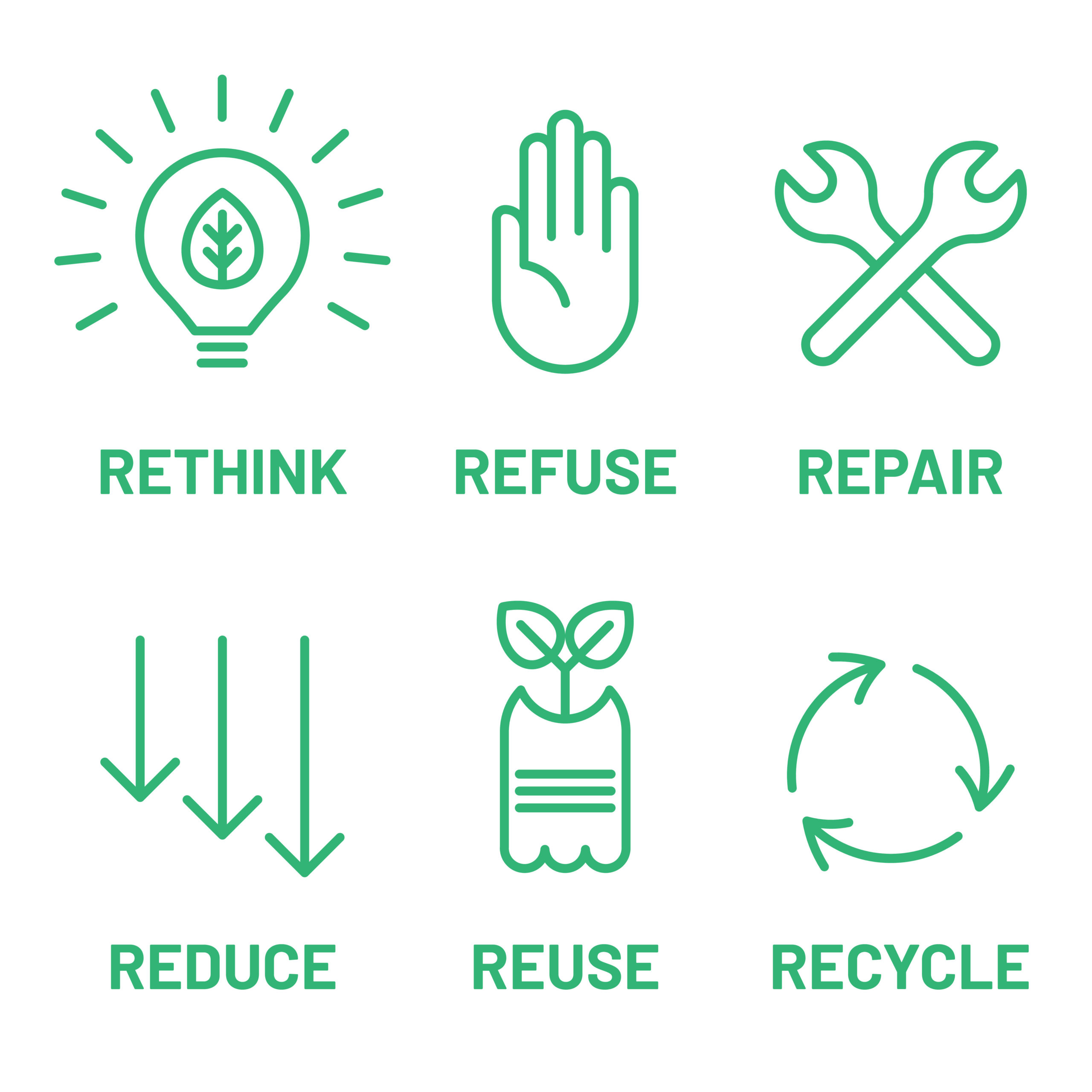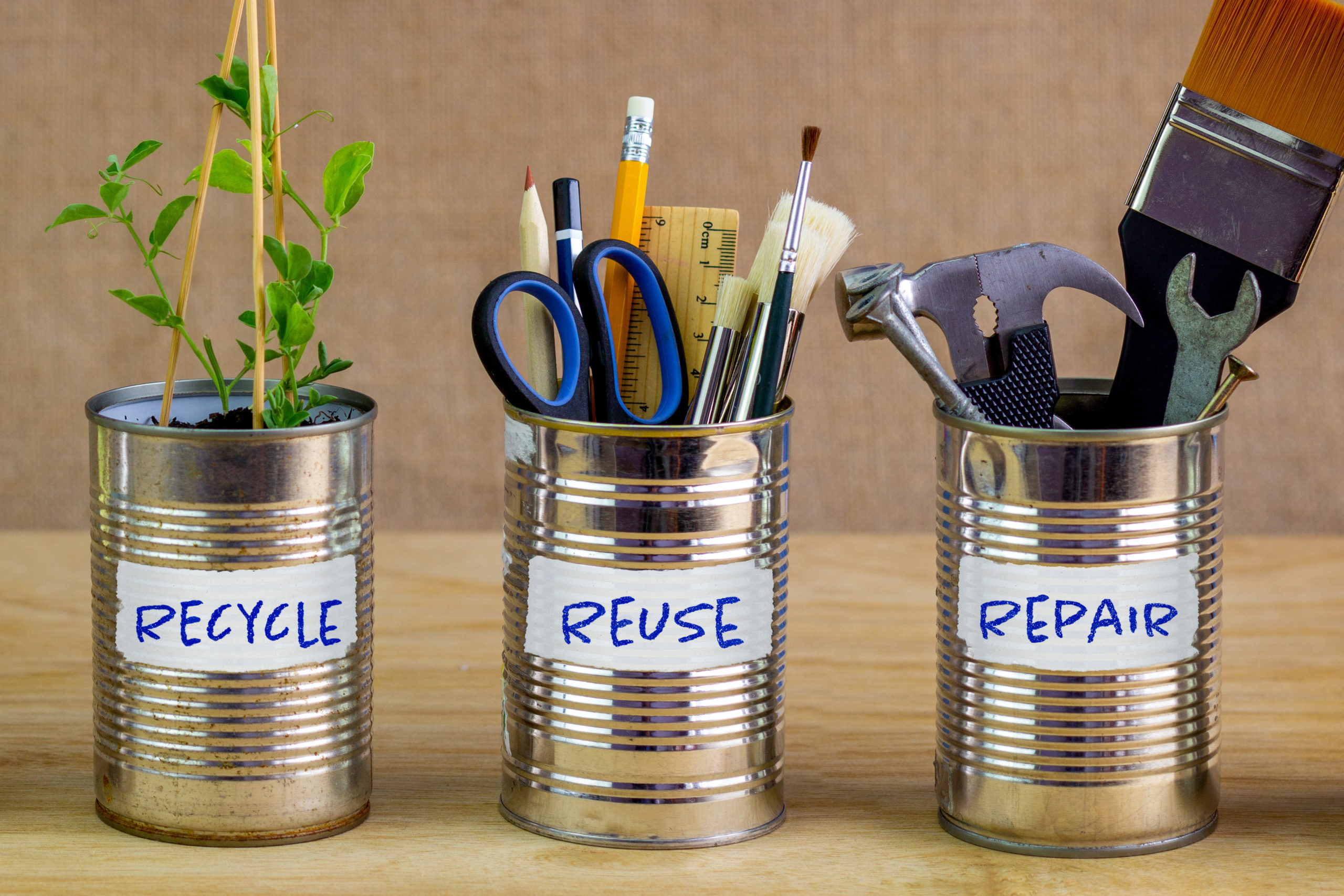This week has been London’s first ever Repair Week (12th – 17th October) with councils across London encouraging people to look to reuse or repair items in their household rather than throwing them out. Our fast fashion culture and obsession with buying the latest model of electronics even when the previous item is working fine, means that our landfills are filling up and more and more plastic and clogging up our land, air and water.
Did you know:
- More than 300,000 tonnes of used clothing goes to landfill in the UK every year.
- The average person buys 60 percent more items of clothing every year and keeps them for about half as long as 15 years ago.
- Nearly 100 percent of textiles and clothing are recyclable.
- 45 million tonnes of computers, televisions, mobile phones and other electronic goods are thrown away every year.
- As well as chemicals such as mercury, lead and cadmium leaching into soil and groundwater, contaminating food and water supplies, electronic waste, when burned rather than recycled, emits toxic gases including carbon dioxide and sulphur dioxide that lead to air pollution, furthering the depletion of the ozone layer.
- The excessive amount of lead in e-waste, if released into the environment, could cause severe damage to human blood and kidneys, as well as central and peripheral nervous systems.
With so much waste contributing to pollution, it’s important we re-frame the way we look at the products we throw out and learn to see if things are fixable first.

Repair
Look for ‘How To’ videos and online tutorials
Remember that old saying, a stitch in time saves nine? Well it really is true and quick repairs can top clothing becoming ragged. Clothing repairs can help save your cash as well as give the environment a break. So, if you have a small hole in your clothing or stitching going in a lining, try to find a way to fix it. The Love Your Clothes website provides a lot of helpful information and tips on how to repair clothing. It includes video tips on caring for your clothes.
You can also find videos to rehydrate leather!
One of the important ways to prevent the need to replace clothes is not over-washing them. Did you know that the best way to freshen up denim, gym wear or fluffy jumpers is to pop them into a bag and freeze them? This gets rid of bacteria and smells without damaging the fibres!
YouTube has many different tutorials to help you fix not just clothing, but also other household items, and is a good place to start. Check out a few different videos to see which one is the most reliable and seems like the easiest follow as well as checking the comments to see if other people have found it useful.
Sometimes you may not be aware what needs fixing, so you may need to do some detective work online to diagnose the problem. Remember if you are looking at an appliance that you should look up the specific make and model. If you need a replacement part, make sure any website you look to buy from has good trust pilot reviews.
Make a plan for how you will carry out the repair, including all the things you’ll need, where you’ll do it, and how you’ll make sure you are safe, particularly if you are dealing with electrical items.
wikihow.com is also a useful website for learning how to fix things.
Workshops
Councils in London have been holding workshops to help people learn how to repair and fix everyday items in the household. Seek out any workshops like this as you can learn from the experts, even if its something you don’t think you need to know yet. Many fixes can be learnt easily and don’t require years’ worth of expertise. Take a look for any repair workshops in your area, and lobby your council to start a similar programmes in your area.
Ask a friend
If you don’t feel confident fixing anything, you may know someone who can help. Someone who works in that particular field or has fixed something of theirs before. Make use of your community as much as possible and learn from them where you can. You could even offer up your own help to fix something of theirs that they don’t know how to fix.
You can also get help from your neighbours through Streetbank where people offer tools for their neighbours to borrow. This provides a great way to get the tools you need for a repair without having to buy them.
Reuse
As well as repairing items, we often throw out things in our household that could be used again. It just takes a bit of imagination and a bit of research. Here are some everyday items in your home that you could use instead of throw away.
Old furniture
Old furniture can be easily refinished or repaired. You can get pots of furniture paint and follow online tutorials top make old furniture look new again. If it really is beyond repair, you could always reuse the old wood for shelves or other things around the house.
Broken plates and old mugs
You can use broken plates or cups to re-tile tables, flowerpots or garden border. You could plant small plants in used old coffee mugs that are stained.
Empty bathroom items
Old toothbrushes can be used for cleaning grouting, or hard to clean items that you need a small item to get into. Empty toothbrush tubes can be purposed by cutting off the bottom, cleaning it out and using as a frosting tube for icing cakes.
Clothing
As mentioned, the Love Your Clothes website provides a lot of helpful information on upcycling items in your wardrobe to give them a refresh. You could replace buttons to make a cardigan look new. If items are beyond reusing, you can cut them up for cleaning rags, coasters or even turn t shirts into braided rugs.
Glass jars, metal cans, plastic bottles.
Old coffee jars make great containers for your other cupboard items. Glass jars can be used for containers in the bathroom or as a desk organiser. You could make a wine rack with cans or make bird feeders out of old coke bottles!
Even if you cant think of what to do with an item, whatever it is just get online and search up some ideas – there are tons of websites out there dedicated to crafting and reusing items. It’s great for the environment and for you too!
Recycle
If you cant find a way to repair or re-use an item, make sure you recycle it properly. Many items that could be recycled, don’t get recycled. If your local council doesn’t take certain items, you can usually find a local bank that will take them. It may take a little bit of extra work, but its important that things get recycled properly to help keep our air, water and earth safe and well!





